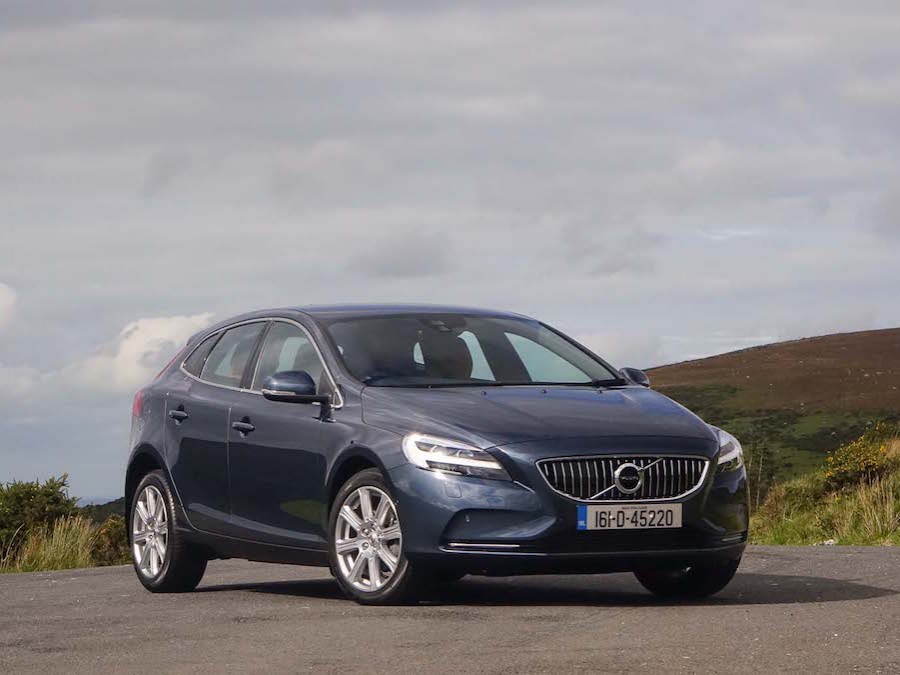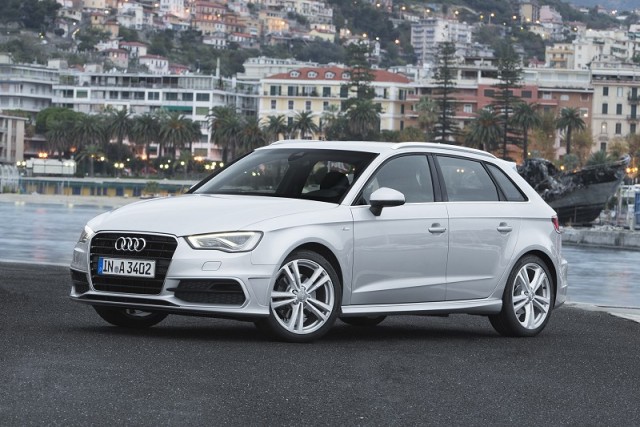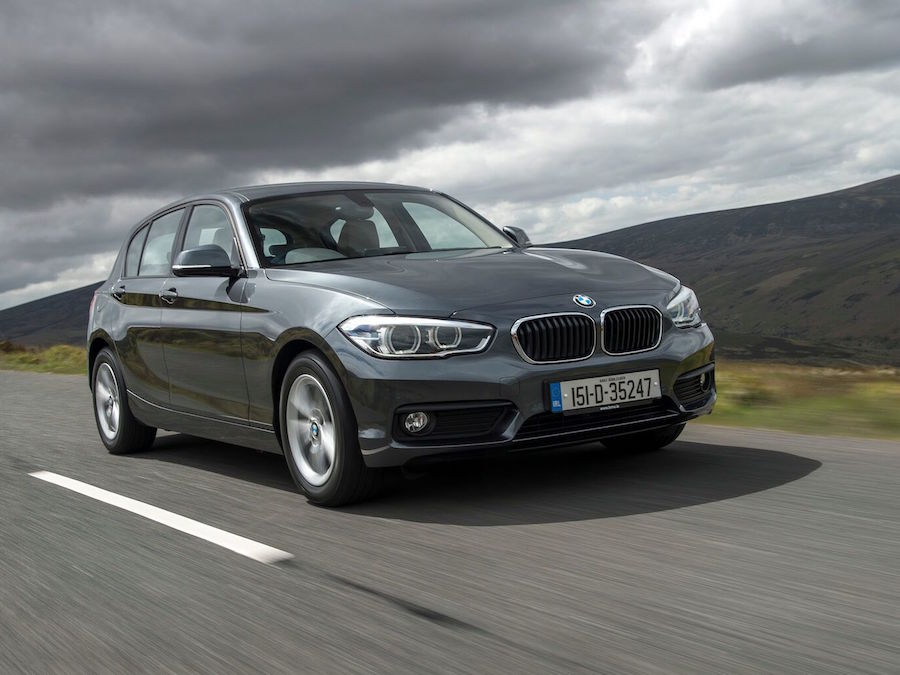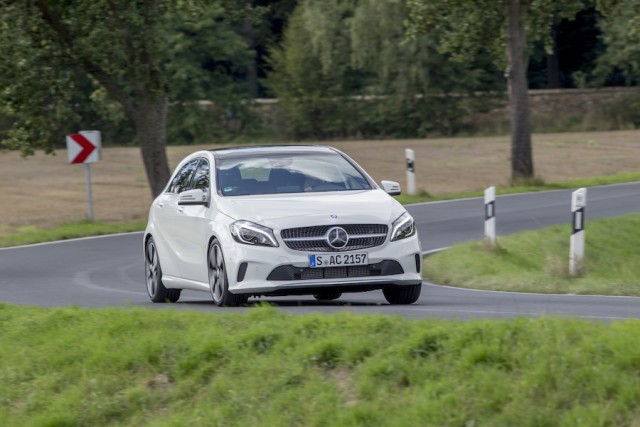Good: handsome, comfortable, refined engine, economical, high quality, safe
Not so good: dull to drive, cramped cabin, lack of decent touch screen
And so, the big news of Volvo's 2017 model year update to the V40 is... drumroll please... wait for it... new headlights. Yep, that's pretty much it. In a year when we've had time to properly digest the mighty XC90 and the new S90 and V90 have basically become cars with which to fall in love, the aged but updated V40 is something of a disappointment.
Mind you, it's not that much of a disappointment. The new headlights, which are optional and feature the 'Thor's Hammer' LED signature shape that you'll also find on the bigger 90-series models, look nice and when you need to use them at night it's like someone's let off a tactical nuke behind the bonnet - they're bright.
Also, Volvo has definitely upgraded some of the cabin materials and fixtures. Now, in fairness, we were driving a €36k Inscription model that came with gorgeous caramel-brown leather seats and a few other choice options, but the underlying materials used to build the cabin definitely looked and felt more premium than in another V40s we recently tried out.
The problem remains that the cabin looks a bit outdated, even though the V40 was only introduced back in 2012. Cabin design has moved on fast, especially in the premium sector, and the V40's gen-1 display screen and digital dials are now badly shown up by the likes of what Audi and Volkswagen can give you, not to mention Volvo's own work on its larger cars.
Space is also an issue. While the V40 isn't all that much smaller inside than, say, an Audi A3 or a BMW 1 Series it is a little so and those few millimetres make a difference. Again, one has to blame age - not of the V40 itself, but of the platform it sits on. Based on the MkII Ford Focus, the V40's underpinnings date back to 2005, and that, combined with the fact that Volvo elected to move the firewall position backwards by a few centimetres, to give more crush space in an accident, means that it has always had compromised cabin space. Hopefully, the all-new V40, based on a new platform co-developed with Volvo's Chinese owner, Geely, will liberate a bit more room inside.
And liberate a bit more fun too? Hopefully so, although it's worth pointing out that the V40 is no worse to drive than the Audi A3 or Mercedes-Benz A-Class, and only really slips up in the driver entertainment department when compared to the BMW 1 Series. The steering is a little light and aloof, which does distance the driver from the action, not helped by the truck-spec big steering wheel. The ride quality, though, is excellent and refinement is absolutely top class.
That refinement is helped by the D2 four-cylinder turbodiesel engine. Volvo has ditched the old 1.6-litre diesel unit, shared with Ford and PSA Peugeot Citroen, and instead slotted in a de-tuned version of its own 2.0-litre diesel lump. Thankfully, the detuning is a great success - while the headline performance and power figures (120hp, 280Nm of torque, 0-100km/h in 10.5 seconds) are merely average for the class, in practice the engine feels more muscular than most rival 1.6 and 1.5-litre units. That extra 400-500cc that it breathes in just makes the difference, we guess, and while it's not as refined in the V40 as it is in the S60 or XC60, it's still impressively quiet and the whole car is more refined than the A3, especially in terms of tyre and wind noise.
It is also, of course, astonishingly safe. Standard equipment on all V40s includes such nice things as climate control, leather steering wheel, power mirrors and a five-inch colour display screen. On top of that you get a HSE's worth of life-saving equipment including City Safety autonomous braking, lots of airbags, side impact protection, anti-whiplash seats, advanced stability control with torque vectoring and more. No wonder it gets such a high rating from EuroNCAP.
Really, the V40 is in something of a holding pattern for Volvo. An all-new model will land soon, which will come in hatch, saloon and compact crossover forms and which should, thanks to its new platform and a new line-up of even smaller and more efficient 1.5-litre three-cylinder petrol and diesel engines, be an even sharper thorn in the side of the A3 and 1 Series. Hopefully Volvo will remember to inject some fun into the driving experience, and to leave space for people's legs in the back this time, but for now, the current V40 remains a good, if not great, car. Cracking engine. Terrific quality. Nice lights.

































